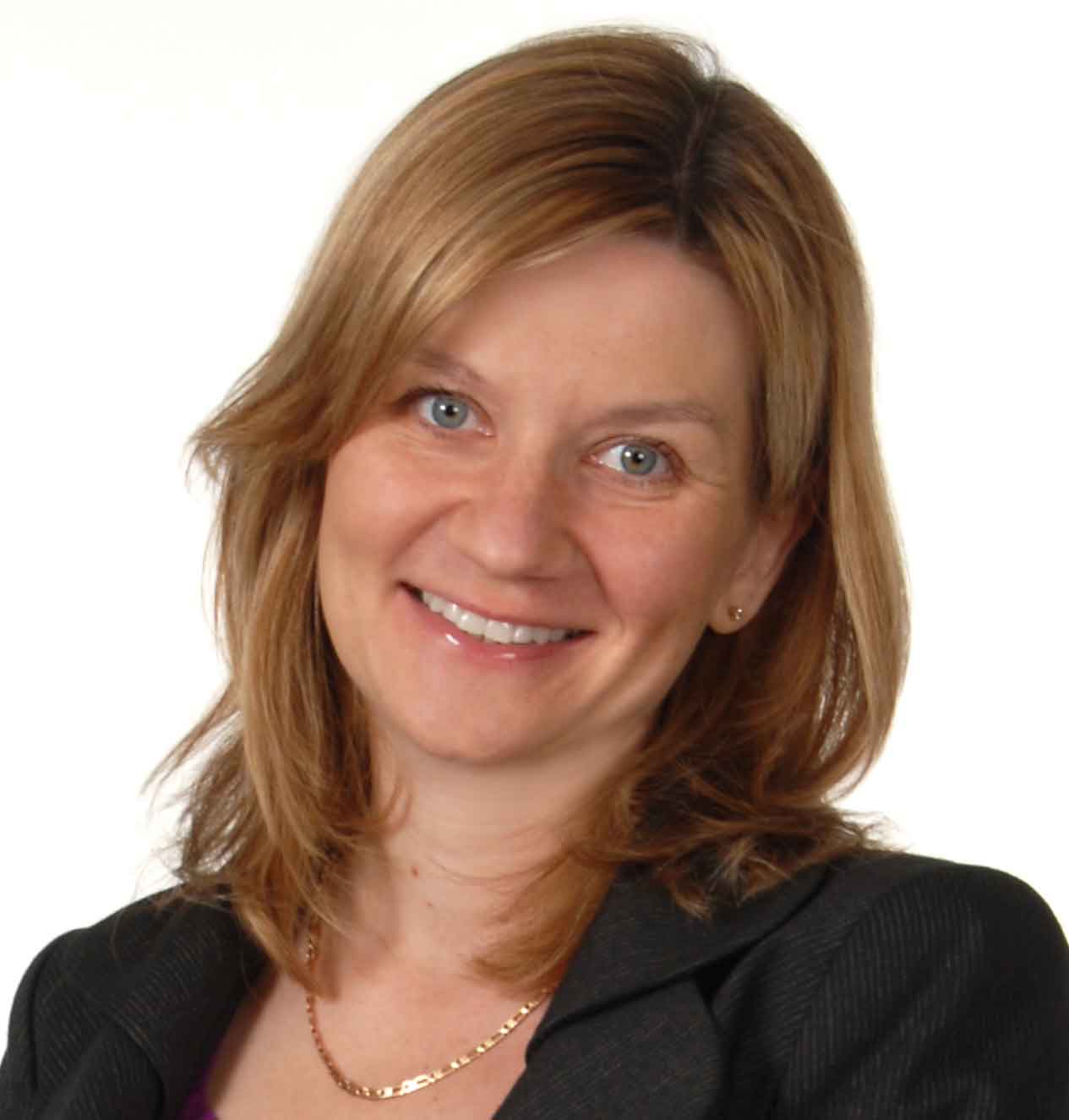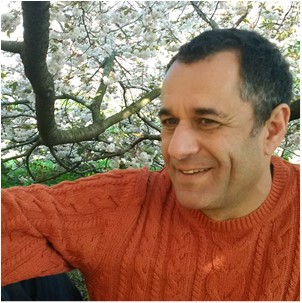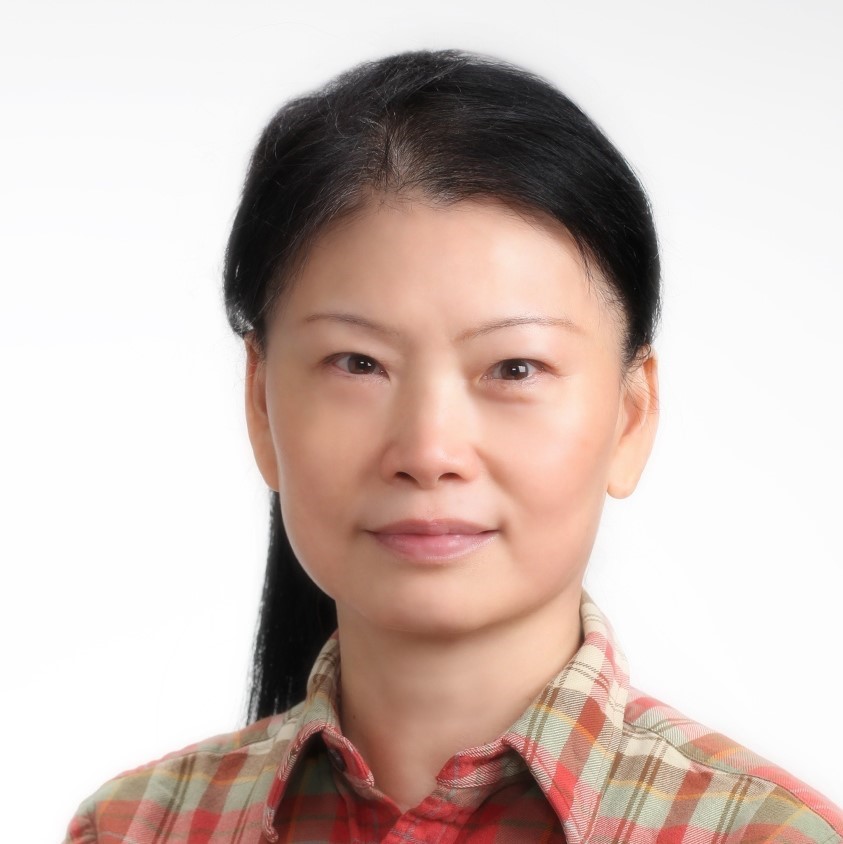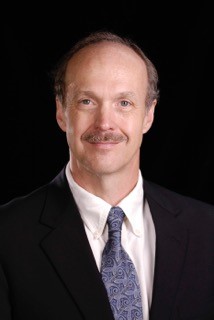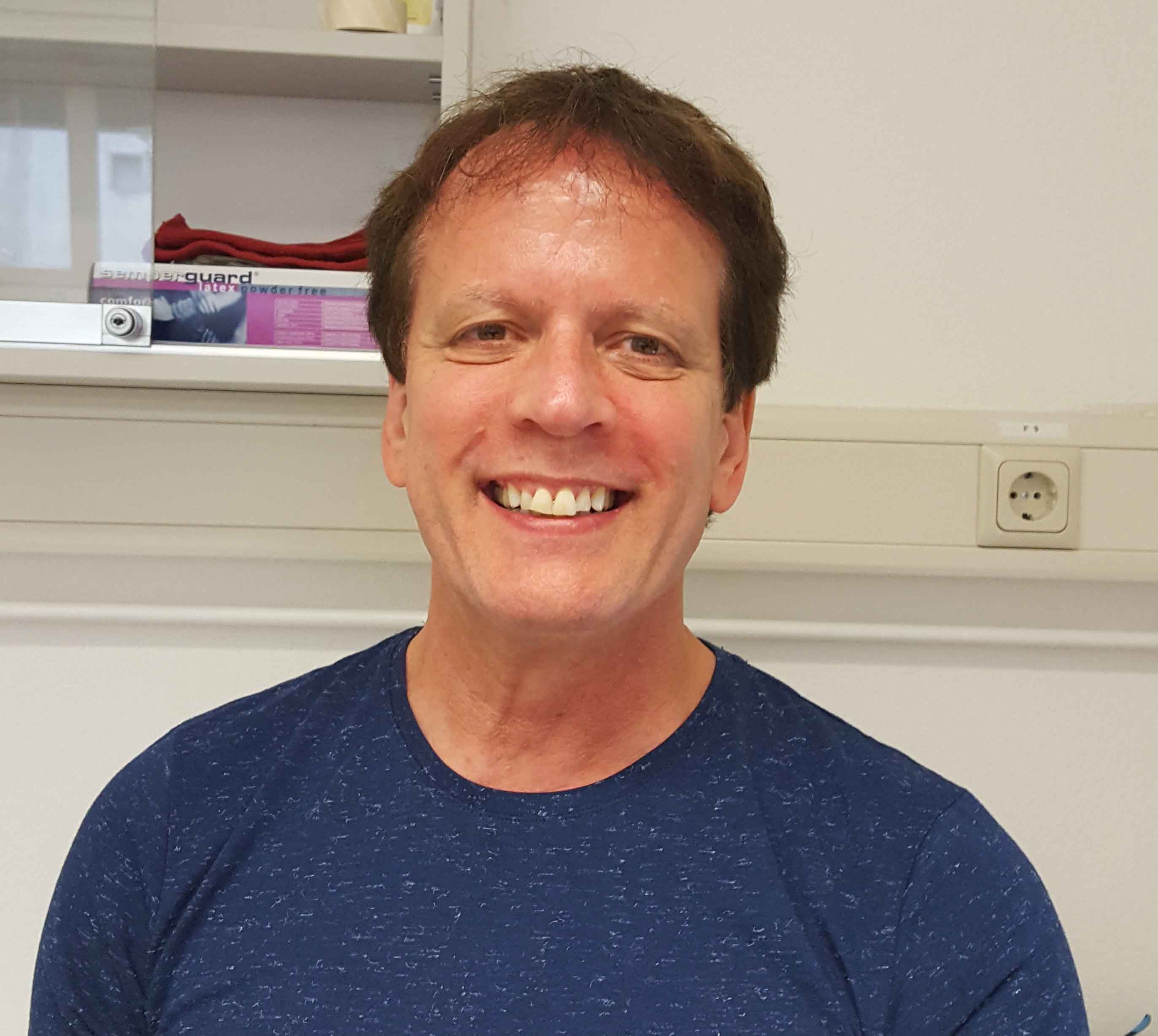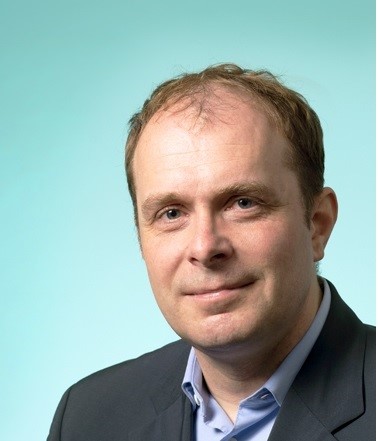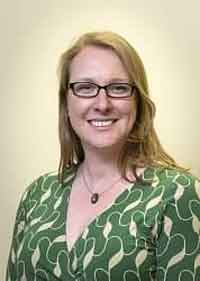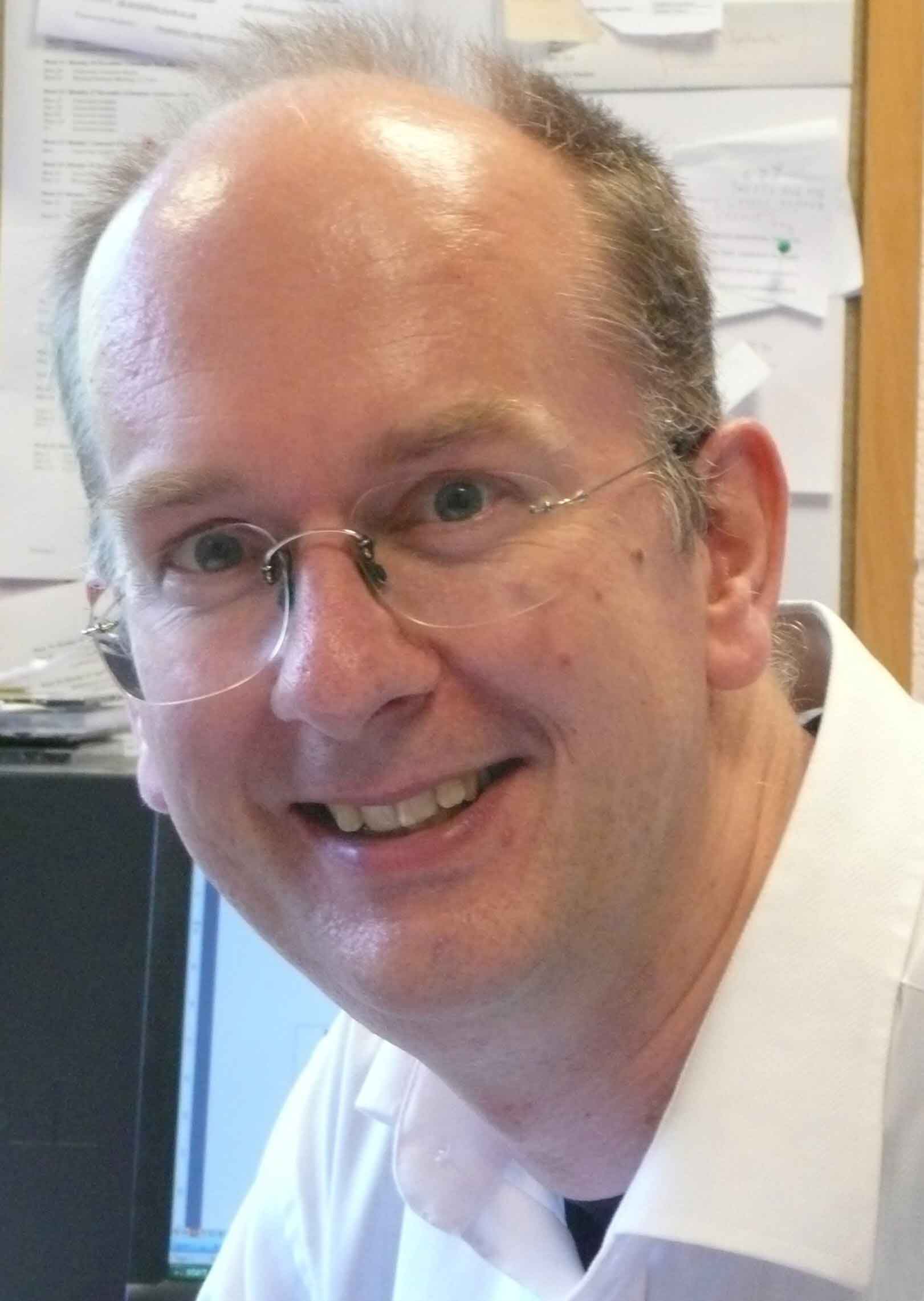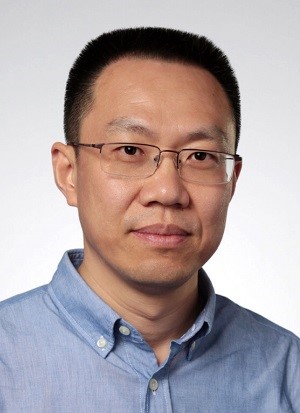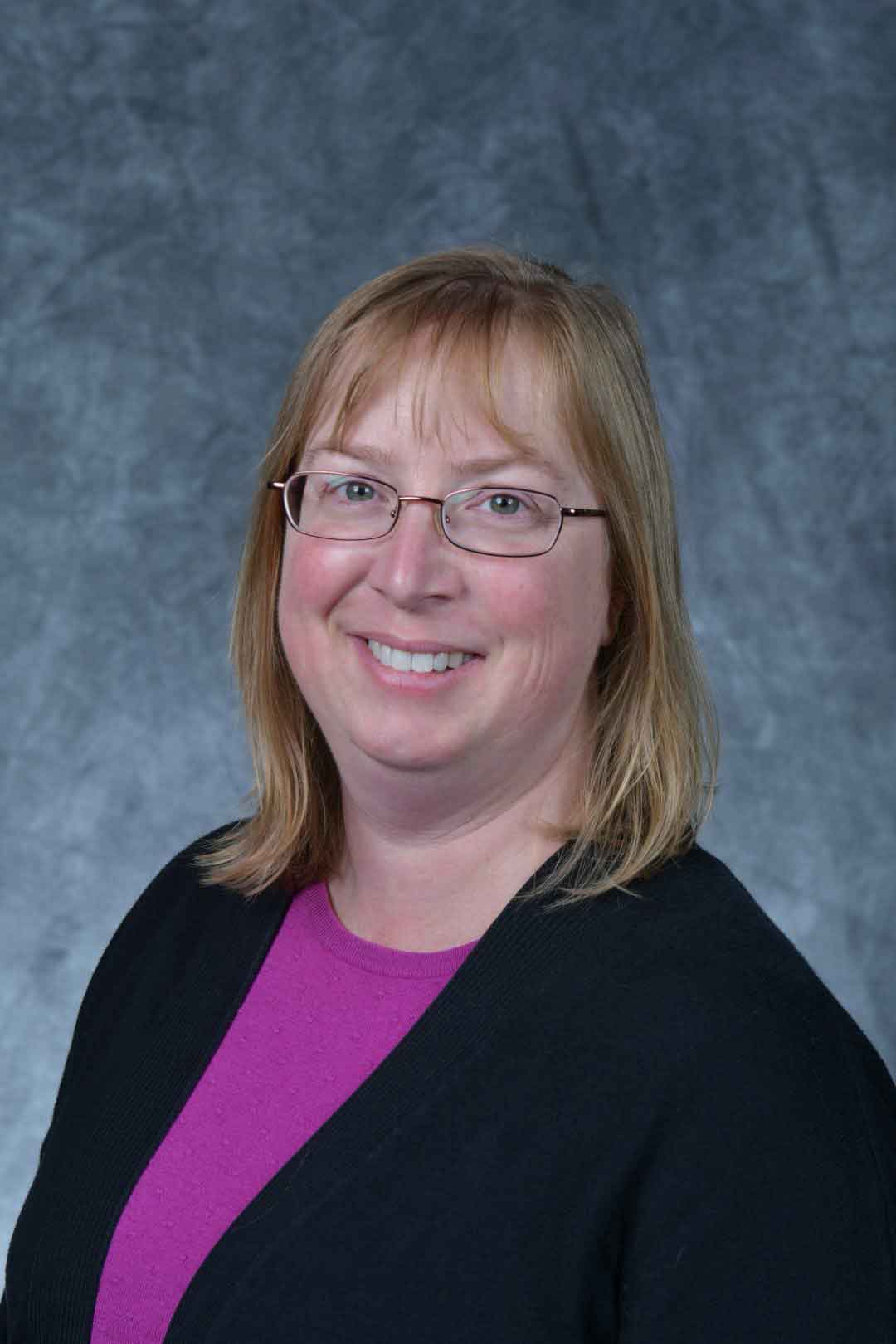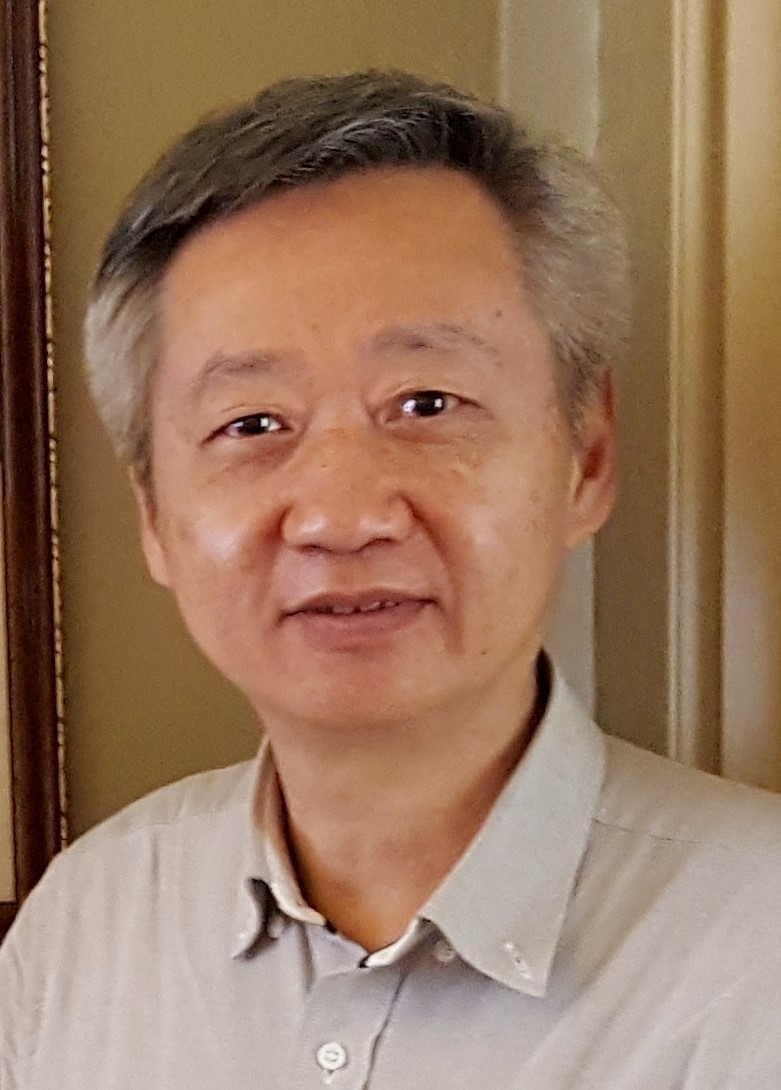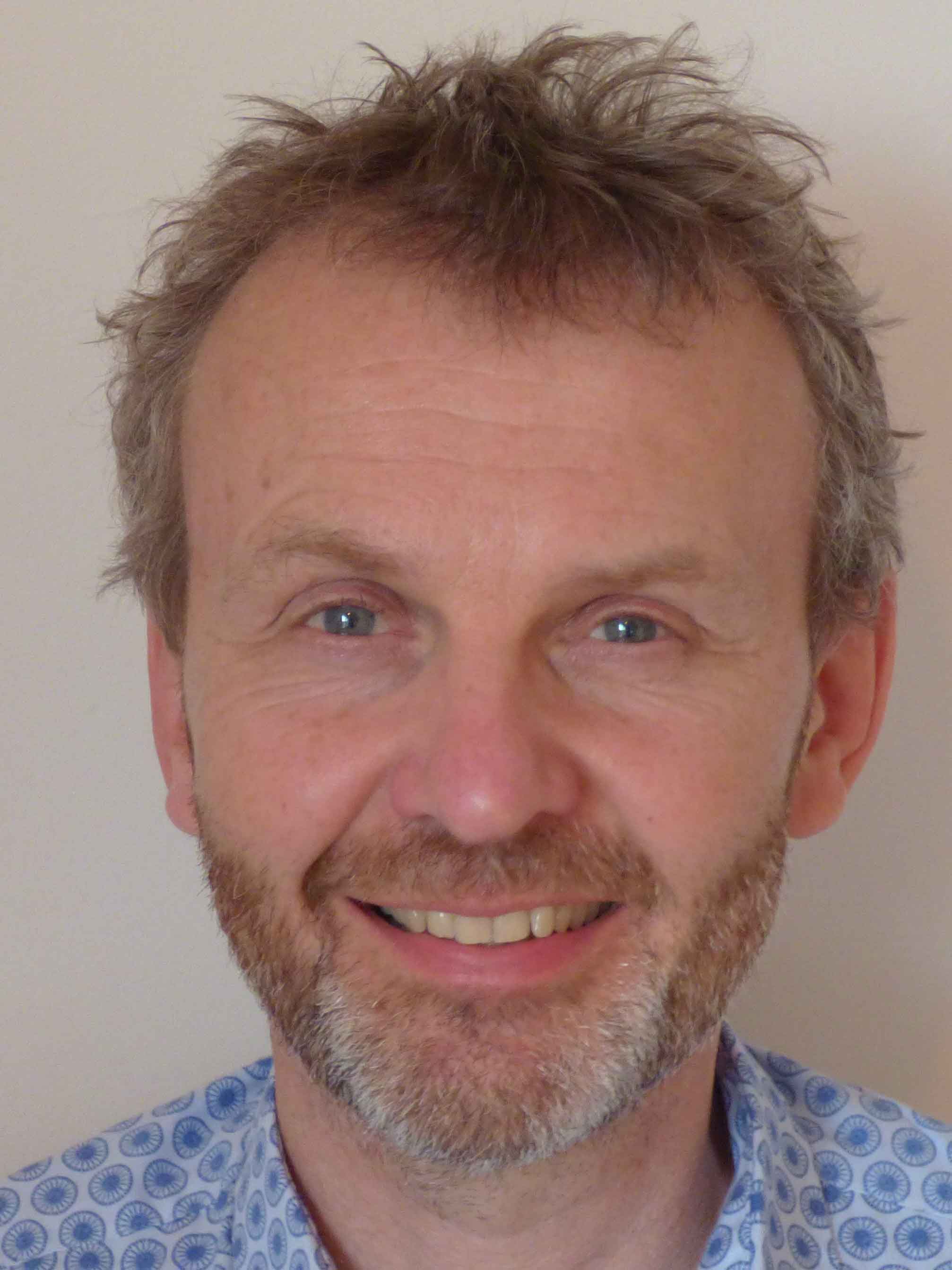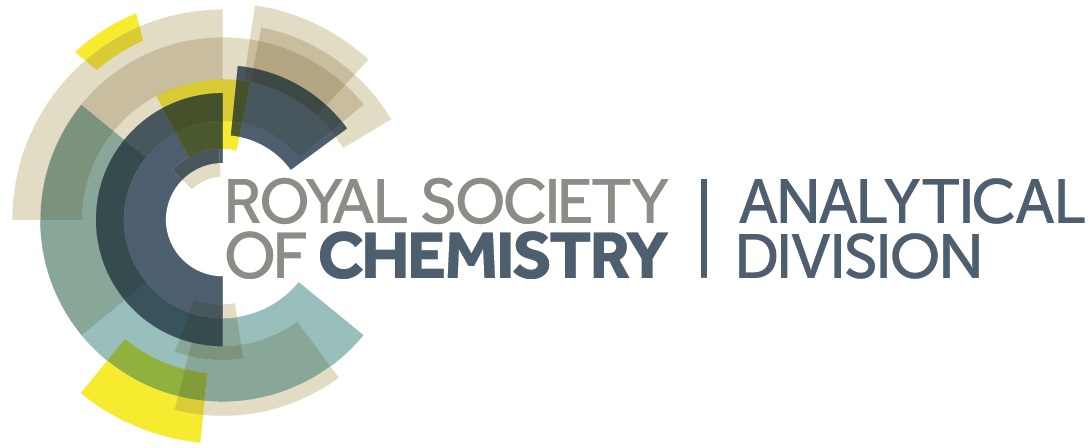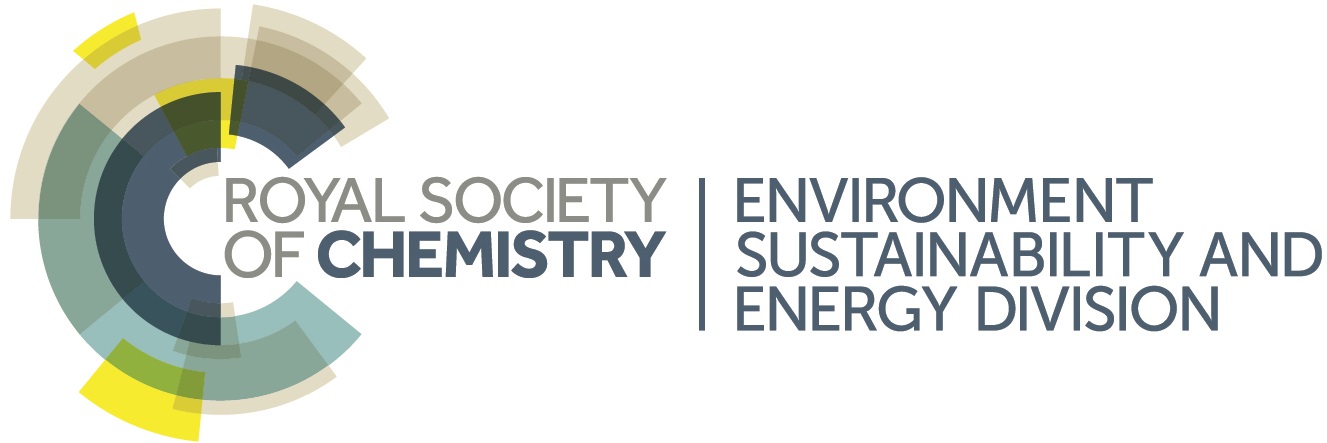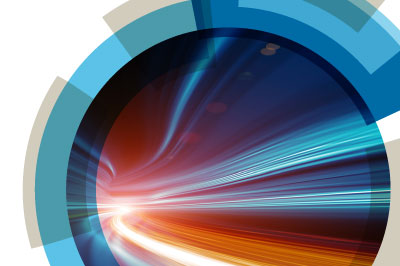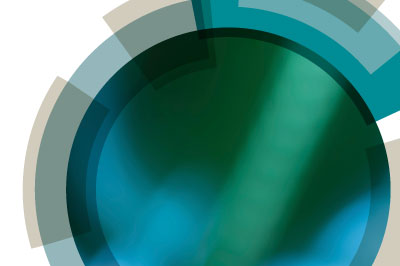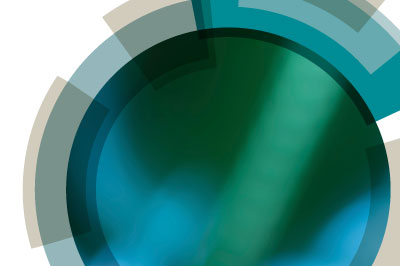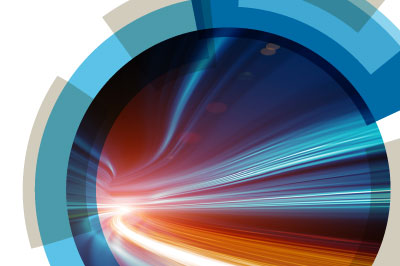At this Faraday Discussion, we will discuss the theme of understanding the electrochemistry at nano-interfaces, including electron- and ion-transfer. We will explore the modern methods used to design new nano-interfaces, probe the charge/energy transferring processes at the nano-interface, and promote applications including those involving single-molecule studies, single-nanoparticle electrochemistry and single-cell analysis.
The rising issue lies in understanding the importance of nanostructures in nanopores and nano-electrodes; this is linked to the control of the nature of electrochemical performance and potentially revolutionizes both the understanding of electrochemical processes and the construction of new sophisticated functionalized nano-interfaces. In particular, we will aim to shed light on the development of new ultrafast current measurements as well as spatially resolved imaging tools, which have great relevance and interest for transient detection/imaging and for the measurement of charge transfer at nanostructured interfaces in many applications.
Format
The Faraday Division have been organising high impact Faraday Discussions in rapidly developing areas of the physical sciences, with a focus on physical chemistry and its interfaces with other scientific disciplines for over 100 years.Faraday Discussions have a special format where research papers written by the speakers are distributed to all participants before the meeting, and most of the meeting is devoted to discussing the papers. Everyone contributes to the discussion - including presenting their own relevant research. The research papers and a record of the discussion are published in the journal Faraday Discussions.
Find out more about Faraday Discussions in this video:
Aims
This meeting aims to gather key participants representing the full scientific scope of the topic, specifically but not limited to the areas of processes at nanopores and biointerfaces, processes at nanoelectrodes, as well as energy conversion and dynamics at nano-interfaces. The focus of the discussions will be on the chemistry, physics and material sciences as well as electronic engineering breakthroughs in the rapidly evolving field of electrochemistry at nano-interfaces.Electrochemistry at Nano-interfaces is a fundamental topic for Nanopores, Nano-Electrodes, Nano-Biosensors, Photoelectric Cells and the corresponding advanced techniques including Scanning Electrochemical Microscopy (SECM) and Scanning Ion Conductance Microscopy (SICM). This proposed meeting aims to provide a productive discussion for understanding the comprehensive mechanisms and promote the industrial conversion.
Themes
Processes at Nanopores and Bio-NanointerfacesNanopore sensors provide a highly innovative technique for a rapid and label-free analysis of transport processes including molecule translocations, charge transfer and electron transfer. However, the key challenges remain in acquiring small (fA-pA) and transient (sub microsecond) signals, resolving fine molecular features and motions inside nanopores, improving the nanopore spatial resolution and achieving application in real sample detection.
This session will focus on new techniques for characterizing processes at functional nanopores, made possible by the integration of novel optical techniques and the development of ultrafast current measurements. It will cover both high selectivity and high sensitivity approaches relevant to multi-component analysis in real samples, the precise manipulation of single molecules, the encoding of the chemical composition of an individual molecule, and the theoretical modelling of how the analyte interacts with the atoms and molecules of the nanopores.
Processes at Nanoelectrodes
This session focusses on understanding the processes at nanoelectrodes and corresponding areas of application. One of the major challenges to address in nanoelectrochemistry has been to avoid the irreproducible production of nanoelectrodes of random size, shape and uncontrolled functionality. These hinder the correlation between the apparent electrode radius estimated by electrochemical characterization and the actual nanoscopic area. It is also important to create more selective nanoelectrodes by specific design and modification of the nanoelectrode surface. Moreover, the difficulties in characterization and analysis of the behavior of ions and electrons at the nanoelectrodes need to be addressed in order to understand the charge/energy transfer processes at the nano-interface.
Therefore, in this session, attention will be focused on: (i) fabrication and characterization methods for producing structurally well-defined nanoelectrodes incorporating related surface modification, (ii) experimental and theoretical characterization of electrochemical processes occurring at nano-interfaces, including electron- and ion-transfer, (iii) the applications of nanoelectrodes to single-molecule studies, single-nanoparticle electrochemistry, single-cell analysis and the scanning probe techniques.
Energy Conversion at Nanointerfaces
The improvements in the fabrication of electrochemical nano-interfaces facilitate the development of alternative energy conversion systems for clean energy production, storage and transformation.
This session aims to shed more light on: the achievements of predictive tools in the design of nano-interfaces, understanding the double-layer structures that can transform photon/chemical energy into electricity, and discussing the materials, architectures and fabrication methods required to advance this field and to advance applications.
Dynamics of Nanointerfaces
The goal of this session is to highlight progresses in the transient detection and measurement of charge (electron and/or ion) transfer at nano-interfaces, either through the use of versatile tools to measure charge transfer reactions or by establishing suitable techniques for detecting and identifying charged intermediates at nano-interfaces. The quantitative assessment of the kinetic and dynamic mechanisms for charge transfer at nano-interfaces pushes the application of electrochemistry into the limits of high-sensitivity bioanalysis, high-resolution topography and reactivity imaging.
Useful links
Downloads
- Draft Programme
- Session 1a: Processes at nanopores and bio-nanointerfaces
- Session 1b: Processes at nanopores and bio-nanointerfaces
- Session 1c: Processes at nanopores and bio-nanointerfaces
- Session 2: Processes at nanoelectrodes
- Session 3a: Energy conversion at nanointerfaces
- Session 3b: Energy conversion at nanointerfaces
- Session 4a: Dynamics of nanointerfaces
- Session 4b: Dynamics of nanointerfaces




